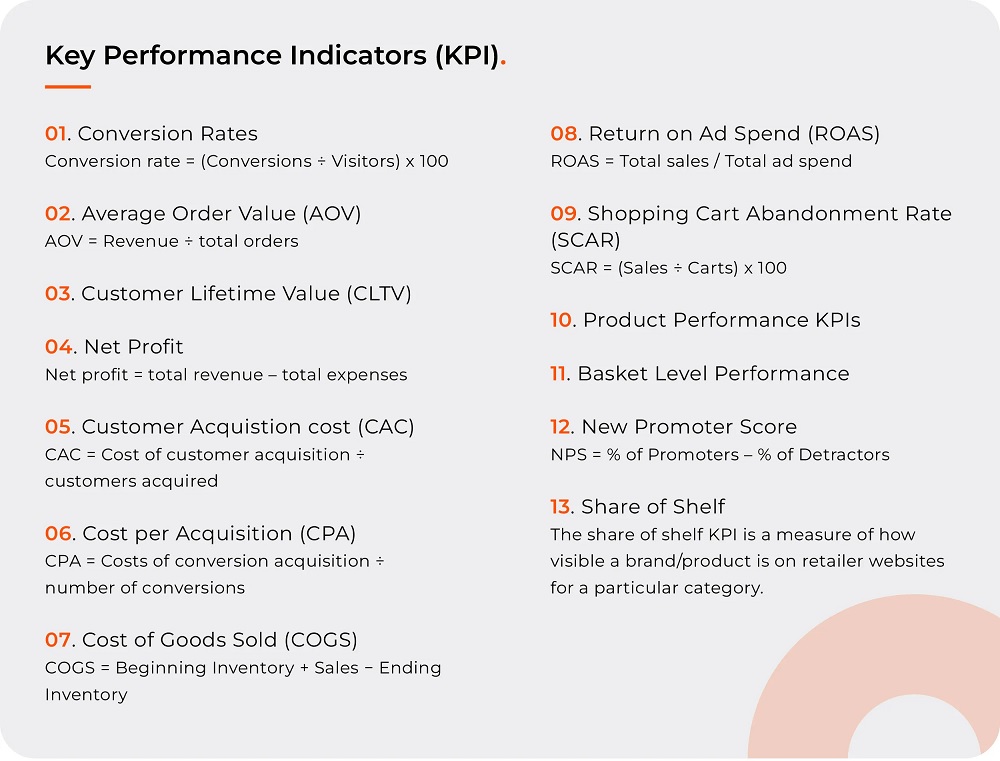In recent years, many businesses rapidly shifted their approach, introducing or accelerating eCommerce strategies – a time during which retailers shifted rapidly away from online marketplaces (Amazon and eBay) to online-only models.
New or under-looked retailers suddenly became viable options, with some retailers quickly demonstrating new levels of eCommerce strategy savvy to become leaders in the eCommerce space.
Now, with current projections forecasting online retail sales to reach US$33.2bn in Australia in 2024 – a year-on-year increase of +15% – and the cost-of-living crisis anticipated to significantly hit consumer spending, it is essential for businesses to ensure that eCommerce strategies are robust and fit for purpose.
There has never been a better time for local businesses to expand into eCommerce or enhance their current retail eCommerce strategy. As such, we’ve outlined our top tips for building a winning retail eCommerce strategy:
1. Choosing a retailer that suits your needs
When enlisting retailers to sell your products, it’s important to find one that aligns with your needs. Fortunately, there is no shortage of candidates. Coles, Dan Murphys, OfficeWorks and Chemist Warehouse are all investing in online advertising and are open for business.
Woolworths already has Cartology – a platform to purchase ad space. Coles has launched a similar platform called Coles 360. For any sale that retailers aren’t able to convert, Amazon and eBay are ready to capture those conversions.
Other key considerations include flexibility and scalability, the accessibility of online reviews, data privacy and security and the ability for the user to have a seamless and positive experience.

2. Understanding your customers
Data can deliver insights into your customers’ journey and purchasing triggers; interpreting the data correctly is the key to success.
A successful retail eCommerce strategy is one that involves data-led segmentation, whether that’s proprietary data from clients or using third-party options such as Flybuys data. Flybuys has only been active since September 2020 but has already made an enormous difference in the way customer data is processed and analysed. When combined with journey mapping, real insights are achieved. A well-executed, data-led retail strategy could double a brand’s online retail sales in just nine months.
An appropriately crafted eCommerce customer journey map will tell you which channels bring you the most traffic and sales, what excites and disappoints your customers, when a visitor decided to buy from you and when they didn’t. All the good experiences and bad experiences are evident in the data, and we will help you to find them.
3. Setting key performance indicators (KPIs) for success
If you don’t know what success looks like, you’ll have a harder time achieving it. That’s why finding ways to benchmark it and setting KPIs accordingly is an absolute necessity. At first, it might seem like an enormous amount of data to stay on top of, but with the right software and support it can be easily done.
A few KPIs we recommend setting include:
- Conversion Rates
- Average Order Value
- Customer Lifetime Value
- Customer Acquisition Cost

4. Using an omnichannel approach
Given how much data there is to manage and routes there are to reach a customer, the best approach is an omnichannel marketing approach. This means working on collaborative adverts with retailers and using social media, paid media, sponsored products and banner advertising simultaneously to point to your branded store pages. Advertising is now one of the key revenue streams for retailers, and as such, they are looking for brands to collaborate with.
Using omnichannel marketing necessitates a holistic approach to reporting. To stay up to date and measure effectiveness against your set KPIs, you will need bespoke reports and full data management integration.
Knowing your customers must come before choosing a retailer, alongside a clear strategy to measure your success through KPI tracking. Beyond that, it is critical to both understand the importance of your data, but also know how to use it to inform your omnichannel marketing approach. As the retail eCommerce marketplace has changed, and continues to change, revising your eCommerce strategy to stay ahead of the game is not only smart – it is necessary.
Gavin McColl is head of experience and ecommerce at Resolution Digital.

